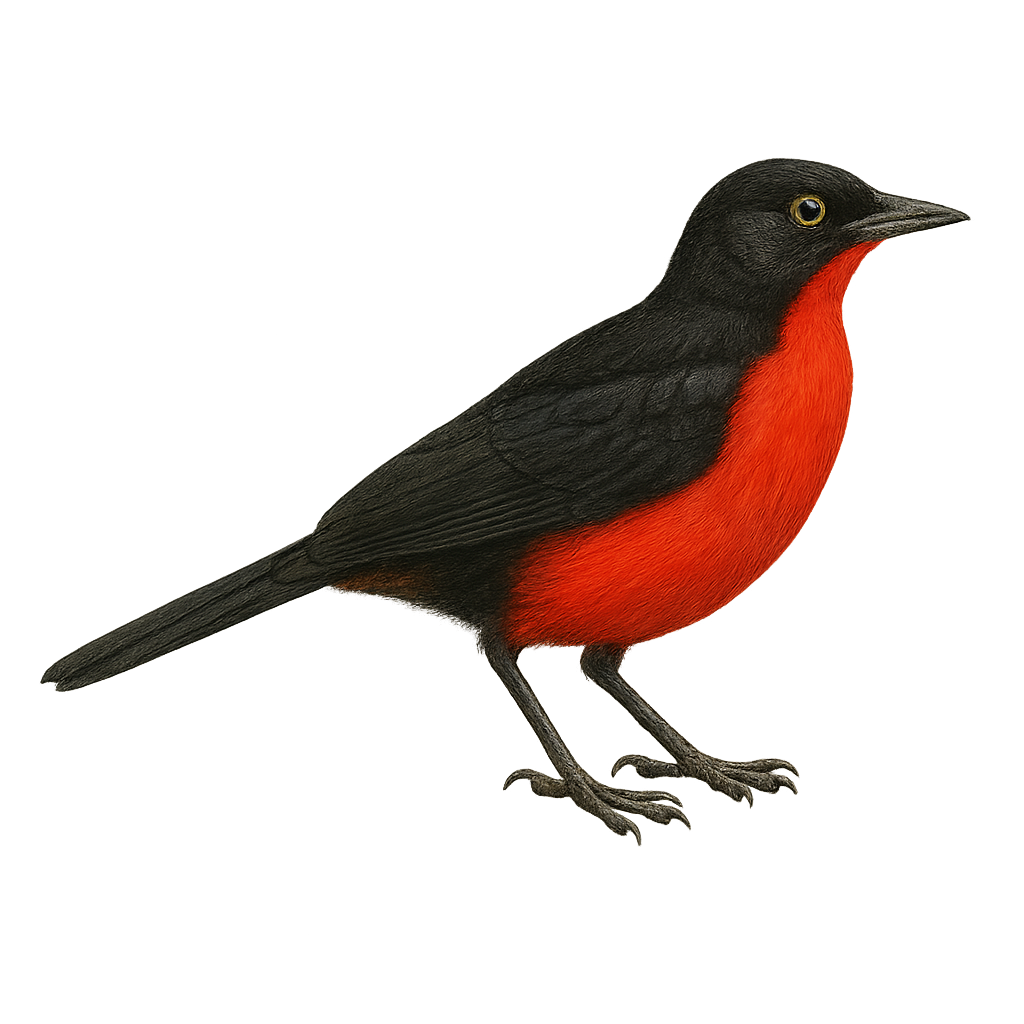Your wildlife photography guide.
Explore the black-headed gonolek in detail, study its behavior, prepare your shots.
Where to observe and photograph the black-headed gonolek in the wild
Learn where and when to spot the black-headed gonolek in the wild, how to identify the species based on distinctive features, and what natural environments it inhabits. The WildlifePhotographer app offers tailored photography tips that reflect the black-headed gonolek’s behavior, helping you capture better wildlife images. Explore the full species profile for key information including description, habitat, active periods, and approach techniques.
Black-headed Gonolek
Scientific name: Laniarius erythrogaster

IUCN Status: Least Concern
Family: MALACONOTIDAE
Group: Birds
Sensitivity to human approach: Suspicious
Minimum approach distance: 10 m
Courtship display: September to November
Incubation: 14-16 jours
Hatchings: September to December
Habitat:
Savannas, open forests, shrublands
Activity period :
Primarily active during the day, with peak activity in the morning and late afternoon.
Identification and description:
The Laniarius erythrogaster, commonly known as the Black-headed Gonolek, is a striking bird with vivid red underparts and a black head and back. It primarily inhabits the savannas and open forests of sub-Saharan Africa. This bird is often seen in pairs, producing melodious duets. It measures about 20 cm in length and feeds mainly on insects and small invertebrates. Although relatively discreet, its distinctive song makes it easier to spot. It plays a crucial role in the ecosystem by controlling insect populations.
Recommended lens:
400 mm – adjust based on distance, desired framing (portrait or habitat), and approach conditions.
Photography tips:
To photograph the Black-headed Gonolek, it is advisable to use a telephoto lens of at least 400mm to capture sharp images from a distance. Look for it early in the morning or late in the afternoon when the light is soft and it is more active. Be patient and listen for its distinctive song to locate it. Avoid sudden movements to prevent scaring it away.
The WildlifePhotographer App is coming soon!
Be the first to explore the best nature spots, track rutting seasons, log your observations, and observe more wildlife.
Already 1 432 wildlife lovers subscribed worldwide

